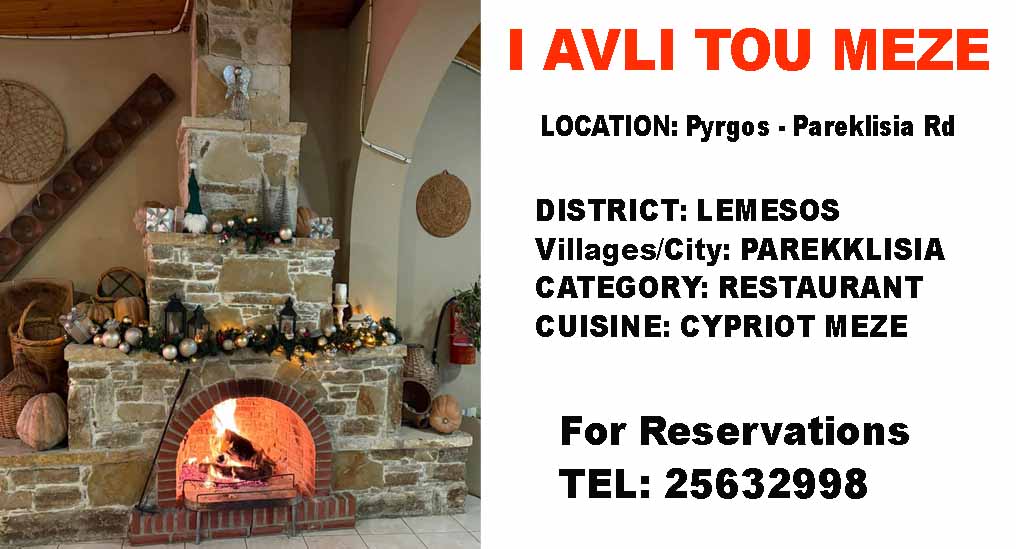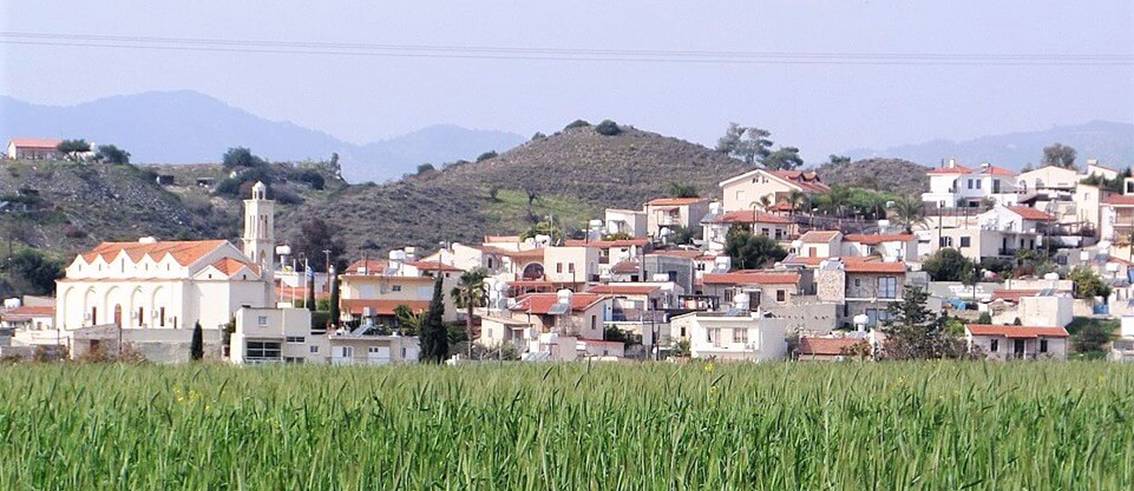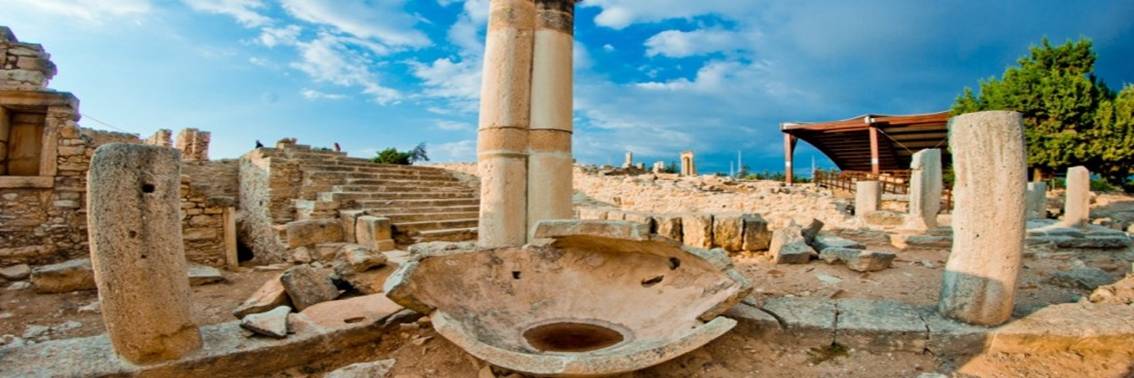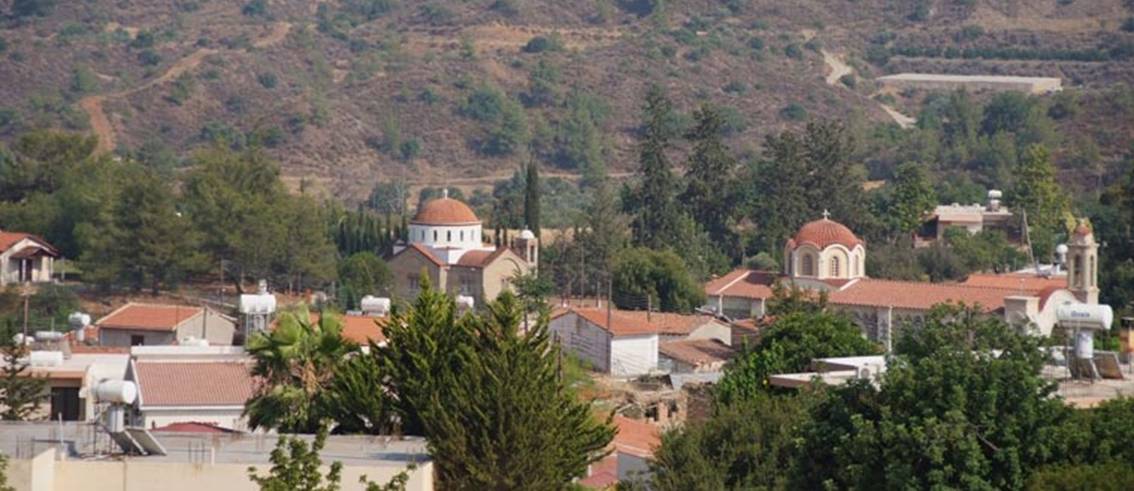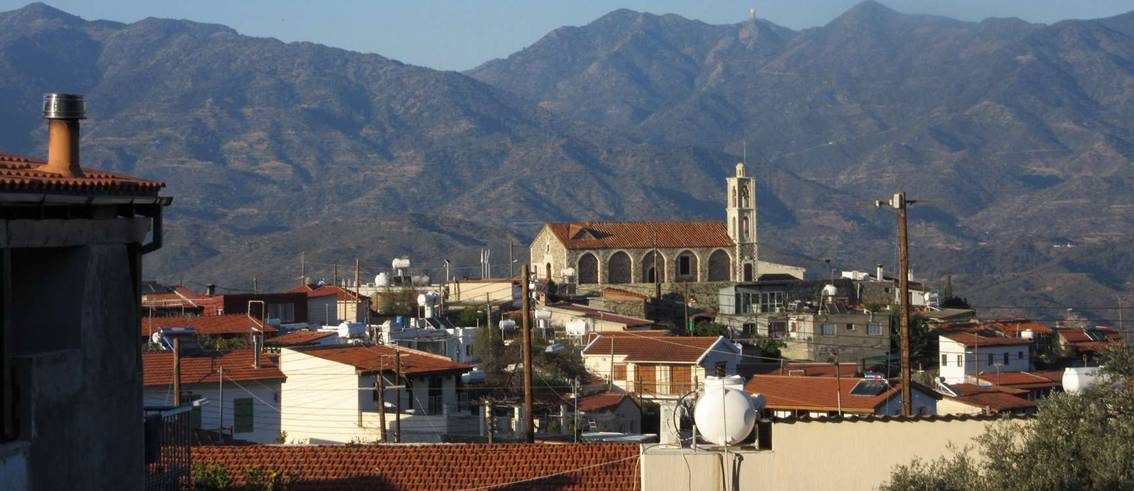The Village of Pyrgos in Limassol
Ancient Beginnings
Pyrgos has existed for over 2,000 years. People first settled here in ancient times. Its location near the sea helped it grow. Traders and farmers lived in the area.
The village of Pyrgos in Limassol, Cyprus, has a rich history that dates back to ancient times. With its strategic location near the southern coast of Cyprus, the area has been inhabited for thousands of years, making it a site of historical significance.
Pyrgos Limassol in Ancient times
In ancient times, Pyrgos was likely a settlement for the cultivation of crops and the raising of livestock. The earliest evidence of human activity in the area dates back to the Neolithic period, with archaeological finds indicating the presence of early agricultural communities.
Pyrgos During Roman Rule
The Romans arrived in Cyprus in 58 BCE. They ruled the island for several centuries. Pyrgos saw new roads and trade networks. Farmers used Roman tools and methods. They grew olives, grapes, and grains. Traders moved goods between Pyrgos and other coastal towns.
Roman culture spread throughout the area. Latin names appeared in local records. Pottery from the Roman period surfaced in archaeological digs. Roman coins turned up in nearby fields. These finds confirm the village’s ties to Roman commerce.
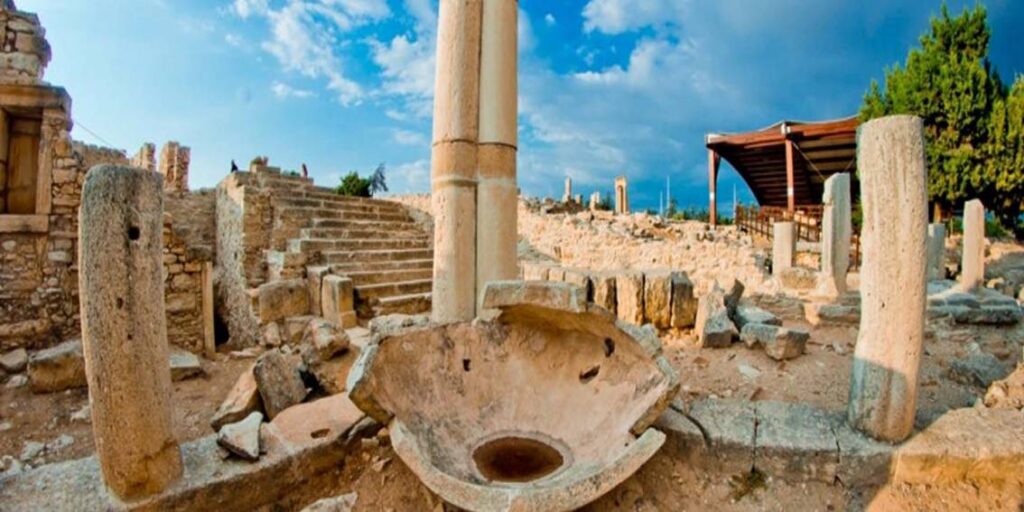
Romans built villas and baths across Cyprus. Some small estates likely stood near Pyrgos. Stone walls and mosaics show signs of Roman influence. Water channels and clay pipes also appear in the soil. These features helped support local farming.
Religious Life in Roman Pyrgos
Religion played an important role. People in Pyrgos followed the Roman pantheon. They worshipped gods like Apollo, Aphrodite, and Dionysus. Shrines and small temples may have existed nearby. Offerings and votive objects surfaced in the region.
Christianity arrived later in Roman times. Roman emperors first resisted the new faith. Over time, Christianity spread across the empire. By the 4th century CE, Christian symbols reached Pyrgos. Crosses and church ruins mark this shift. Local leaders built chapels and gathered new believers.
An Attractive Location for Agriculture
During the ancient Greek and Roman periods, Pyrgos was part of the larger cultural and economic network of the island of Cyprus. The region’s fertile soil and favourable climate made it an attractive location for agriculture, and it likely contributed to the local economy during this time.
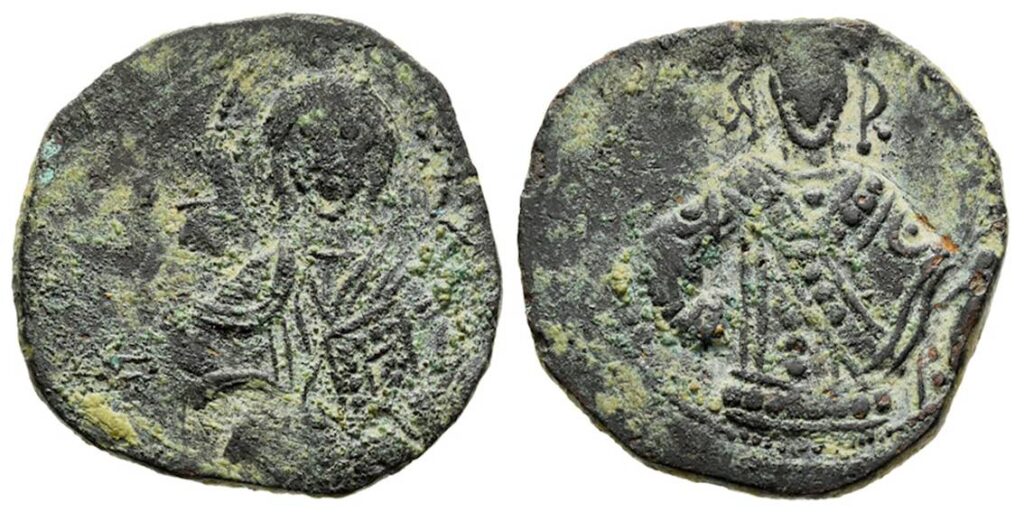
In Medieval Period
In the medieval period, Cyprus came under the rule of various powers, including the Byzantine Empire, the Lusignan Kingdom, and the Venetian Republic. Pyrgos, like many other villages on the island, was likely influenced by these ruling powers and their respective cultural and architectural styles.
Transition to Byzantine Control
The Roman Empire split in 395 CE. The eastern part became the Byzantine Empire. Greek language and Orthodox Christianity grew stronger. Pyrgos moved from Roman customs to Byzantine traditions.
Byzantine officials governed the area from distant cities. Yet Pyrgos kept its farming roots. People grew olives and produced oil. They used stone presses and clay jars. These tools stayed the same for centuries.
Religious Influence in Byzantine Pyrgos
Byzantine rule centered on faith. Orthodox Christianity shaped daily life. Churches appeared throughout the countryside. Pyrgos likely had one or more chapels. People walked to services on Sundays and holy days.
Clergy led prayers and baptisms. They also taught reading and scripture. Icons and candles filled the churches. Stone carvings and painted walls decorated sacred spaces. Byzantine crosses replaced older Roman symbols.
Art and Architecture
The Byzantines brought new styles. Builders used stone and mud bricks. Roofs were flat or tiled. Churches followed a cross-in-square design. Inside, mosaics and frescoes told biblical stories.
Even small villages like Pyrgos adopted these styles. Builders reused Roman stones for new structures. They carved Christian symbols into door frames. Artisans crafted ceramic oil lamps and religious items.
Local Economy and Daily Life
The people of Pyrgos worked the land. Men farmed and herded animals. Women baked bread and made cloth. Children helped with chores and watched flocks. Families lived in one-story stone homes.
Markets appeared near religious sites. Traders sold oil, cheese, figs, and cloth. Local products traveled to cities like Amathus and Kourion. Pyrgos stayed active in the island’s economy.
Security and Conflict
Byzantine Cyprus faced frequent raids. Pirates and Arab invaders targeted coastal areas. Pyrgos, close to the sea, stayed alert. People built watchtowers and hid supplies.
Families moved inland during attacks. Villagers dug shelters and defended their homes. Despite hardships, they rebuilt and carried on.
Legacy of Roman and Byzantine Pyrgos
Roman and Byzantine times left deep roots. Farming tools, coins, and church ruins still tell their story. Pyrgos blended Roman order with Byzantine faith. This mix shaped its culture for centuries.
Today, archaeologists continue to study this rich past. Their work reveals the strength and spirit of the people who lived there.
Introduction to the Middle Ages
The Middle Ages lasted from the 5th to the 15th century. Cyprus went through major changes during this time. Pyrgos, a small village in Limassol, felt these shifts. Crusaders, foreign rulers, and new powers passed through the island. Each left a mark on Pyrgos and its people.

The Arrival of the Crusaders
The Crusaders came to the Eastern Mediterranean in the 11th century. They aimed to capture the Holy Land. On their way, they often stopped in Cyprus. In 1191, Richard the Lionheart of England took control of the island.
Richard captured Cyprus from Isaac Komnenos, a local Greek ruler. He sold the island to the Knights Templar. The Templars ruled briefly, but unrest forced them to sell it again. Guy de Lusignan, a French nobleman, became the new ruler.
Pyrgos Under Lusignan Rule
The Lusignan dynasty ruled Cyprus for nearly 300 years. They introduced a feudal system. Lords controlled land, and peasants worked the fields. Pyrgos became part of this system. A local noble likely oversaw the village.
The villagers paid taxes in crops and livestock. In return, the lord offered protection. Pyrgos relied on farming. People grew wheat, olives, and grapes. They raised goats and sheep. Life was hard, but the land provided enough to survive.
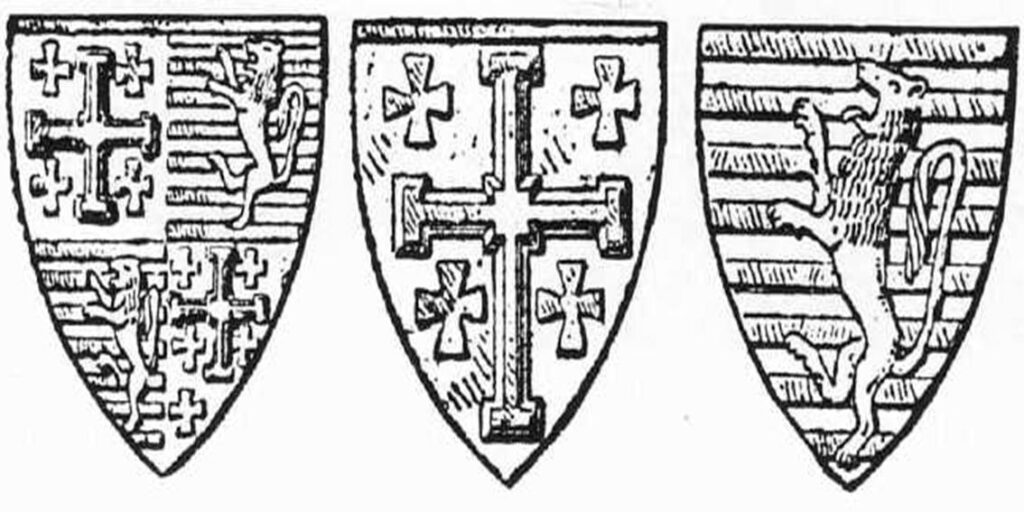
Forts and Watchtowers
In troubled times, villagers built defences. Small forts and watchtowers rose near Pyrgos. These structures helped protect the people from raiders and bandits. Villagers kept watch from high ground. When danger approached, they warned others with smoke or fire signals.
Stone walls surrounded some homes. People stored food and water for emergencies. Families helped each other during attacks. Community life grew stronger through shared struggle.
Religion in Daily Life
Christianity shaped life in medieval Pyrgos. The village followed the Latin Church under Lusignan rule. Priests led services in Latin. People attended mass on Sundays and feast days. Churches became the center of the community.
Many villagers still held on to Orthodox traditions. The Latin rulers allowed this to some extent. In secret, people followed old customs and celebrated local saints. Religion gave them hope during hard times.
The Genoese and Mamluk Threat
Foreign powers targeted Cyprus during the later Middle Ages. In 1373, the Genoese attacked the island. They took control of Famagusta, a major port. The rest of the island, including Pyrgos, prepared for further conflict.
Later, the Mamluks from Egypt invaded. They raided villages and took slaves. Pyrgos had to stay alert. People hid in hills and forests during such raids. Some returned to find their homes destroyed. They rebuilt and carried on with life.

Social Life and Traditions
Despite challenges, village life continued. Families gathered for weddings and religious festivals. People danced, sang, and told stories. Children learned farming and herding from their parents. Women wove cloth and baked bread in outdoor ovens.
Markets appeared in nearby towns. Pyrgos villagers sold olives, cheese, and wine. In return, they bought tools, fabrics, and salt. Trade gave them access to new ideas and goods.
The End of the Medieval Era
In 1489, Queen Catherine Cornaro gave Cyprus to Venice. This event marked the end of the Lusignan dynasty. Venetian rule began a new chapter for the island. Pyrgos moved into another phase of its long history.
The medieval period left deep roots in the village. Ruins of old towers, churches, and homes still remain. These remind people of a time when Pyrgos stood strong through war, hardship, and change.
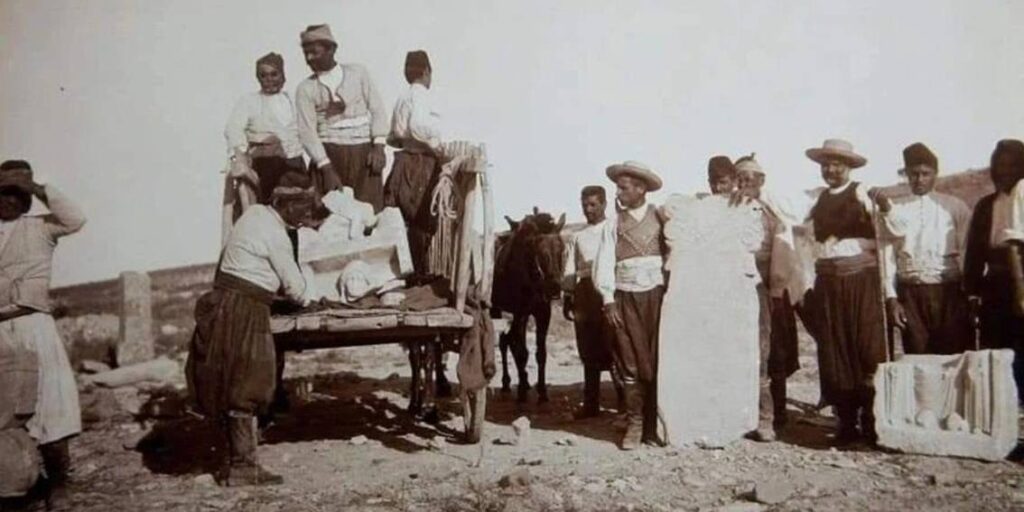
The Arrival of the Ottomans
The Ottomans arrived in Cyprus in 1570. They attacked the island with a strong military force. In 1571, they captured the entire island, including Limassol. Venetian rule ended. A new chapter began for Cyprus.
Pyrgos, like many villages, felt this change. The Ottomans brought new laws, religion, and customs. Life adjusted slowly. The people of Pyrgos kept their land, their animals, and their traditions.
A Farming Village Under New Rule
Pyrgos remained a small, peaceful village. Most people worked in agriculture. They grew olives, wheat, grapes, and vegetables. Men plowed fields and cared for livestock. Women baked bread, made cheese, and looked after children.
The land around Pyrgos stayed fertile. Families passed their farms from one generation to the next. The Ottoman tax system required villagers to pay part of their harvest. People gave grain, oil, or animals as payment.
Life in Stone Houses
Villagers built homes from stone and mud. Roofs were flat or covered with tiles. Homes had one or two rooms. People cooked outside or in simple fireplaces. Children played in courtyards. Chickens and goats wandered nearby.
Families helped each other. Neighbors shared food and tools. Community life in Pyrgos stayed strong. Despite poor roads and few resources, people survived and supported one another.
Religion and the Church
Christianity remained central in Pyrgos. The Ottomans allowed Orthodox Christians to worship freely. Churches stayed open. Priests led services in Greek. People celebrated feast days and followed the church calendar.
Pyrgos had simple stone churches. Icons, candles, and wooden crosses filled the interiors. Villagers gathered on Sundays to pray and meet each other. The church became a place for unity and hope.
The Role of the Ottoman Authorities
The Ottomans ruled through local officials. A governor controlled the Limassol region. Tax collectors visited villages like Pyrgos. The village headman, or “mukhtar,” acted as a link between the people and the authorities.
The Ottomans introduced a legal system based on Islamic law. However, Christian communities used their own religious courts for family matters. People respected the law but also followed local customs.
Challenges and Survival
Life in Pyrgos during the Ottoman era was not easy. Droughts, diseases, and poor harvests made survival difficult. Some years brought locusts or floods. Families struggled but did not give up.
Bandits and pirates sometimes attacked the coast. Pyrgos, located inland, avoided the worst of these raids. Still, people stayed alert. They protected their homes and watched over their fields.
Education and Culture
Most villagers could not read or write. Some priests taught children basic reading using religious texts. Stories and songs passed from parents to children. Oral tradition kept culture alive.
People celebrated weddings, baptisms, and religious holidays. They danced, played music, and shared food. These traditions created joy in hard times.
Late Ottoman Period and Change
By the 1800s, the Ottoman Empire began to weaken. Reforms came slowly. Roads improved, and new ideas reached Cyprus. Some villagers left for cities or other countries. Others stayed and kept their farming life.
In 1878, the British took over administration of Cyprus. The Ottomans remained the legal rulers until 1914, but the British ran the island. Pyrgos entered another era of change.
Lasting Impact
The Ottoman era lasted over 300 years. Pyrgos grew slowly but steadily. Its people built strong families, worked the land, and preserved their faith. Stone homes, quiet fields, and village churches still reflect that time.
The spirit of Pyrgos remained strong. The village held its ground through centuries of challenge. Its history lives on through its people and traditions.

The Arrival of the British
In 1878, the British Empire took control of Cyprus. They signed an agreement with the Ottoman Empire. Cyprus stayed under Ottoman sovereignty, but Britain handled administration. In 1914, Britain fully annexed the island. The change in rule reached every part of Cyprus, including Pyrgos.
British officers arrived in Limassol. They brought new systems, new roads, and modern schools. Pyrgos adjusted to a new way of life. The people kept their traditions but also accepted change.
Life in the Early British Period
Pyrgos remained a quiet farming village. Families grew olives, barley, and grapes. Men worked in the fields. Women made bread, cheese, and clothes. Children helped their parents and learned village customs.
The British improved infrastructure. Roads connected Pyrgos to Limassol. Farmers brought goods to markets more easily. Trade with nearby villages increased.
Education and Schools
The British built schools across the island. Pyrgos received a small village school. Boys and girls began to learn reading, writing, and arithmetic. Teachers followed a modern curriculum. They taught both Greek and English.
Families saw education as a path to a better future. Young people gained new knowledge and looked beyond village life. Some left for Limassol or Nicosia to continue studying or find jobs.
Government and Law
The British introduced new laws and administration. They used district officers to manage local affairs. The mukhtar still represented Pyrgos, but now answered to British officials.
Courts followed British legal traditions. Villagers dealt with new rules for land ownership, taxation, and public health. Though some resisted change, most accepted it over time.
World Wars and Difficult Times
World War I and World War II affected Pyrgos. Some men joined the British army. Others worked in military camps or supply chains. The wars brought hardship, shortages, and fear.
During World War II, Pyrgos helped the British war effort. Farmers produced food. Women sewed clothes and supported soldiers. After the war, people hoped for peace and progress.

The Rise of Nationalism
By the 1950s, many Cypriots wanted independence. The call for union with Greece (Enosis) grew stronger. Young men in Pyrgos supported the movement. They joined national protests and underground groups.
In 1955, the struggle for independence began. Some Pyrgos residents joined the EOKA fighters. They resisted British rule through secret actions. The struggle lasted until 1959.

Cyprus Gains Independence
In 1960, Cyprus became an independent republic. Pyrgos celebrated with pride. The new government introduced reforms. More schools, paved roads, and community buildings appeared.
Pyrgos entered a modern phase. The village expanded. New homes replaced older stone houses. Electricity and running water reached every household.
Modern Pyrgos: A Blend of Old and New
Today, Pyrgos combines tradition and modern life. Many residents still grow olives and grapes. Others work in Limassol or run small businesses. The village welcomes visitors who come for peace, nature, and local food.
Modern homes stand beside older stone buildings. A well-kept village square hosts festivals and events. The community church still gathers people every Sunday. Local schools offer quality education. Sports fields and parks provide space for youth.
Culture and Community
The people of Pyrgos love their traditions. They celebrate Easter and village festivals with joy. Musicians play the violin and lute. Dancers perform in traditional dress. Families share meals with souvla, halloumi, and fresh bread.
Pyrgos also supports arts and culture. The village organizes craft fairs and exhibitions. Local artists display paintings and handmade goods. Visitors join in, creating a warm and welcoming atmosphere.
Conclusion
Pyrgos has walked through history with strength and pride. From the British period to today, the village has grown and changed. It honors the past while embracing the future. Pyrgos remains a vibrant part of Limassol’s heritage and Cyprus’s soul.
A New Era Begins (1960 Onward)
Cyprus gained independence from Britain in 1960. The Republic of Cyprus formed a new government. Pyrgos welcomed this change with hope. The village looked toward the future. People believed in growth and stability.
New laws and leadership brought support to rural areas. Pyrgos began to see visible change. Roads improved. Services expanded. The village stepped into a new chapter.
Expanding Infrastructure
After independence, Pyrgos received better infrastructure. Workers paved roads and added street lighting. Builders constructed modern houses and public buildings. The government connected the village to the national electricity and water systems.
Families gained access to new services. People bought radios, televisions, and household appliances. Life in Pyrgos became easier and more connected.
Growth in Education
The village improved its schools. Teachers arrived with better training. Children studied languages, mathematics, history, and science. Education became a top priority.
Parents encouraged their children to stay in school. Some students later studied in Limassol, Nicosia, or even abroad. Education opened doors to better jobs and higher living standards.
Agriculture and Employment
Pyrgos kept its farming roots. Farmers expanded their fields. They used modern tools, tractors, and irrigation systems. Olive trees, vineyards, and citrus groves thrived. Families produced olive oil, wine, and fresh fruit.
Many villagers found work in Limassol. They became builders, shopkeepers, drivers, and office workers. Some started their own businesses. Pyrgos gained new income sources while keeping its agricultural identity.
Community Development
The village built a community center. People met there for events, meetings, and celebrations. Sports clubs, youth groups, and cultural teams started to grow. Pyrgos supported football, traditional dance, and music.
Local leaders organized festivals and village fairs. Musicians played Cypriot folk music. Dancers performed in costume. Children joined in with joy and pride. These traditions strengthened community spirit.
Tourism and Nature
Tourism grew across Cyprus in the 1970s and 1980s. Visitors began exploring villages like Pyrgos. They came for peace, nature, and history. The quiet streets and friendly locals made a strong impression.
Some villagers turned homes into guesthouses. Others opened small taverns or craft shops. Tourists bought handmade products, local honey, and wine. Pyrgos started to appear on cultural and eco-tourism maps.
Modern Housing and Services
More people moved to Pyrgos in the 1990s and early 2000s. Some came from nearby cities. Others returned after years abroad. New houses, shops, and cafes appeared.
Doctors and dentists opened clinics. Supermarkets and bakeries offered more choices. Pyrgos became a modern village with a strong sense of tradition.
Preserving Culture
Despite modernization, Pyrgos held onto its heritage. Local schools taught traditional songs, dances, and customs. Families passed stories to younger generations. Churches held regular services and annual festivals.
The village protected historical sites. Stone buildings, old wells, and village squares reminded people of the past. Visitors appreciated the blend of old and new.
Today’s Pyrgos
Today, Pyrgos continues to grow. It offers a peaceful lifestyle close to Limassol. Many residents enjoy the mix of rural charm and modern comfort.
Children play in parks. Seniors meet in cafés. Farmers work in nearby fields. Professionals drive to city jobs. Artists, musicians, and crafters keep culture alive.
Community pride remains strong. People join clean-up days, tree plantings, and charity events. The village thrives with cooperation and care.
A Village with a Future
Modern Pyrgos respects its past but looks ahead. Its people work together to build a better future. They value education, culture, and nature. Pyrgos has become a model for modern village life in Cyprus—peaceful, proud, and full of promise.
World Wars and Difficult Times
World War I Impact
Cyprus joined the British Empire during World War I. Many Cypriots enlisted in the British army. They fought bravely in various battles. The war strained local resources. Families faced hardship as loved ones went to fight.
Economic Challenges
After the war, the island struggled economically. Agriculture remained the main source of income. However, global market changes lowered prices for crops. Many villagers faced poverty. Some people emigrated to find better jobs abroad.
World War II Effects
During World War II, Cyprus served as a strategic military base. British forces stationed troops on the island. The local population helped with supplies and support. Air raids threatened safety. People built shelters and prepared for attacks.
Social Hardships
Food shortages affected daily life. Rationing limited access to essentials. Families shared what little they had. Despite difficulties, communities stayed strong. Schools and churches became centers of hope.
Political Unrest
The wars fueled a desire for independence. Many Cypriots demanded freedom from British rule. Movements for self-determination grew stronger. Activists organized protests and strikes. The road to independence faced many obstacles.
Post-War Recovery
After 1945, Cyprus began rebuilding. Infrastructure improved slowly. Education expanded, and new schools opened. People worked hard to restore their lives. The memory of war and hardship shaped future generations.
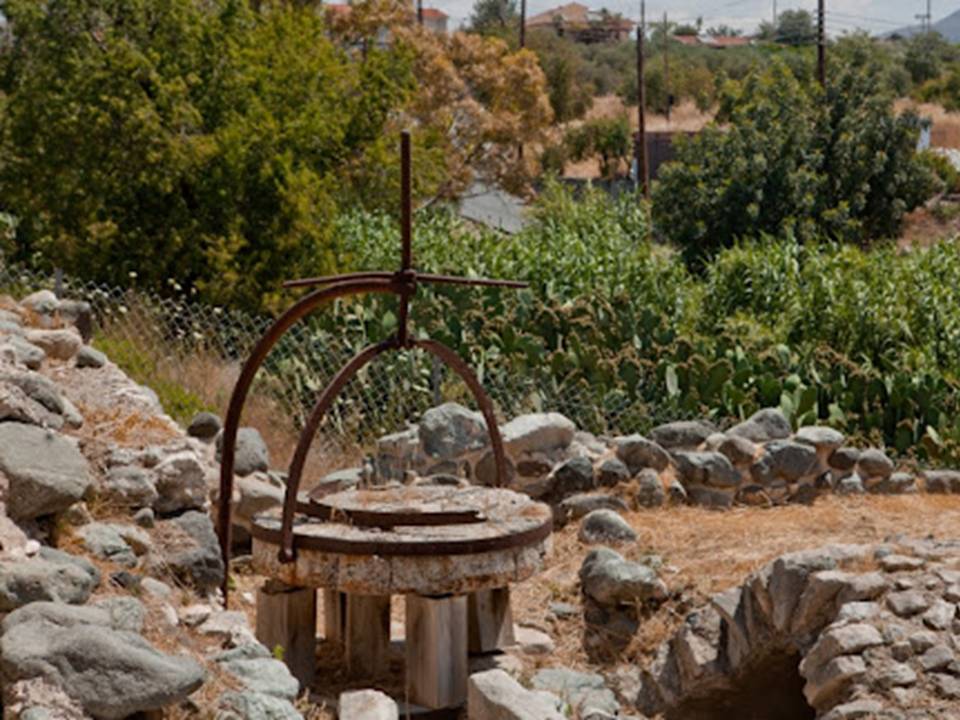
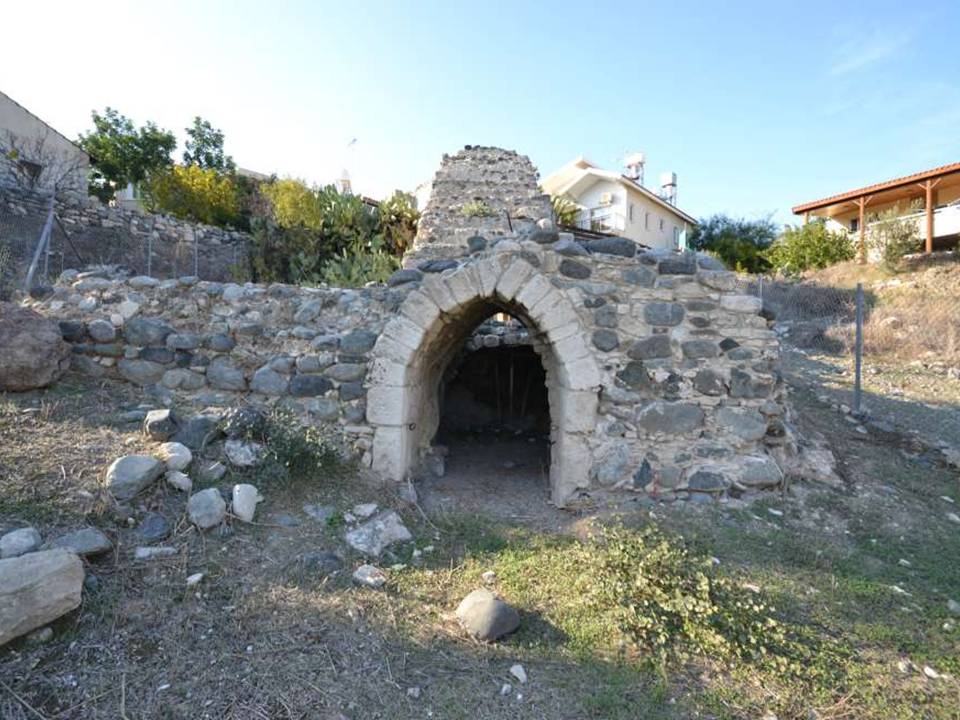
Landmarks in Pyrgos Village
Pyrgos also boasts several notable landmarks and attractions, including churches, chapels, and historical sites that offer insight into its past. Additionally, the village’s surrounding natural beauty, including its proximity to the coast and picturesque countryside, makes it a popular destination for visitors seeking to explore Cyprus’s rich history and culture.
Conclusion
In conclusion, the history of Pyrgos in Limassol, Cyprus, is a testament to the enduring legacy of human settlement on the island. From its ancient origins to its modern-day vibrancy, Pyrgos reflects the diverse influences and transitions that have shaped Cyprus’s history, making it a fascinating area for exploration and discovery.
You May Also Like This
Aoratoi Beach Pyrgos Limassol Cyprus: https://anatolikilemesou.com/?p=1835
